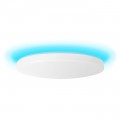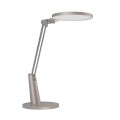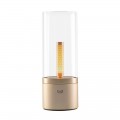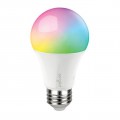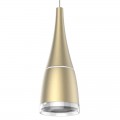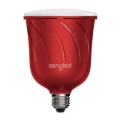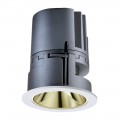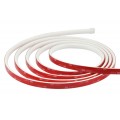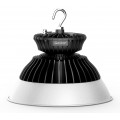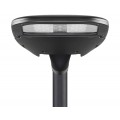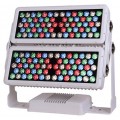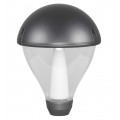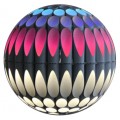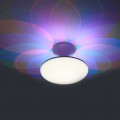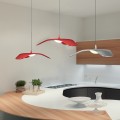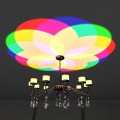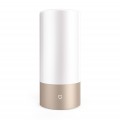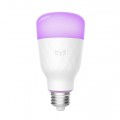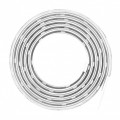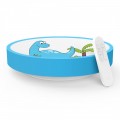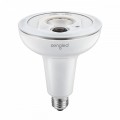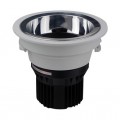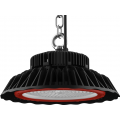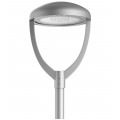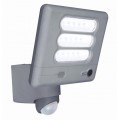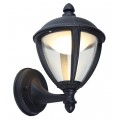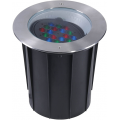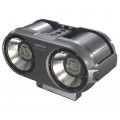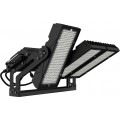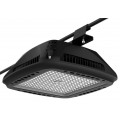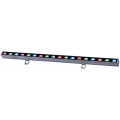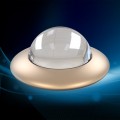An LED is a device which includes a single PN junction and having unilateral conductivity. LEDs emit light only when applied with a current in the forward direction. Because LED lights operate at low voltages, a driver or power supply is critical to properly manage the load and efficiently supply the needed low voltage power to the LED. Drivers rectify commercial AC power into DC power and convert the rectified DC power into a predetermined magnitude of DC power. Considering that the circuit generally incorporates various elements, particularly those with life limitation, the lifespan of the drive power supply is limited, as a consequence limiting the life of the whole LED lamp as well. Quite often, the power supply malfunctions prior to when the LEDs reach their service lives, so the advantage of longevity of the LED cannot be fully reaped.
As pointed out above, the electronic driver circuit is the most important component that determines the lamp's performance. As part of this power management and control process, the drivers are particularly vulnerable to overheating considering the nature of the components and the way they are being utilized. A driving circuit typically comprises a filter, a rectifier, and a power factor corrector (PFC) that feeds a bulk energy storage device and a separate power conversion circuit, etc. to drive LEDs. A rectifier say for example a full diode bridge and a transformer are often used to convert power and drive the LED or other load. A residual of the A.C. input may turn up on the output as a variation or ripple which may match the AC frequency, such as 120 or 100 Hz. This ripple may be lessened by using a capacitor across the diode bridge. An electrolytic capacitor is frequently utilized for reducing ripple by increasing a voltage ripple on the capacitor to reducecurrent ripple in the LEDs. By allowing a higher ripple voltage on the capacitor, more of the energy storage potential of the capacitor may be employed for generating light at the LEDs.
However, the electrolytic capacitor is usually the component with the lowest reliability in the drive circuits. Electrolytic capacitors are susceptible to failure, especially as contemporary LED illumination systems are configured to deliver increasingly more light output (e.g., lumens), the operating temperature in the luminaires (e.g., lamp) increases, plus the increased temperature of operation begins to play a factor in reliability of the abovementioned electrolytic capacitors. The higher the temperature is, the faster the electrolyte inside volatilizes. Or viceversa the capacitor’s life doubles when the temperature falls each 10?. A short or leakage in the electrolytic capacitor utilized to reduce ripple may lead to the LED driver circuit to fail, limiting the rated lifetime of the LED luminaires. The lifespan of an electrolytic capacitor is at the very least 3-4 times less than that of a LED. Namely, the life of the driving circuit expires prior to when the LED stops emitting light or has its brightness dropped. The typical nominal lifetime of these elements is often times less than 25,000 hours, while the lifetime of LED itself could be as long as 50,000-100,000 hours.
Therefore if the driver circuit can be improved to reduce output ripple significantly, without having an electrolytic capacitor on primary side, the lifetime of the LED lighting product will be extended. But nevertheless, if the storage capacitor is a ceramic capacitor or a thin-film capacitor, its operation voltage range will limit an intermediate bus voltage, or its footprint will probably be large for providing a large voltage range. The capacitor will increase cost of the LED driver if having a large footprint. For this reason, various types of driving apparatuses have been proposed to drive LEDs with a pulsating current which is rectified a current from AC power supply by a diode bridge without resorting to switching power supply.

















